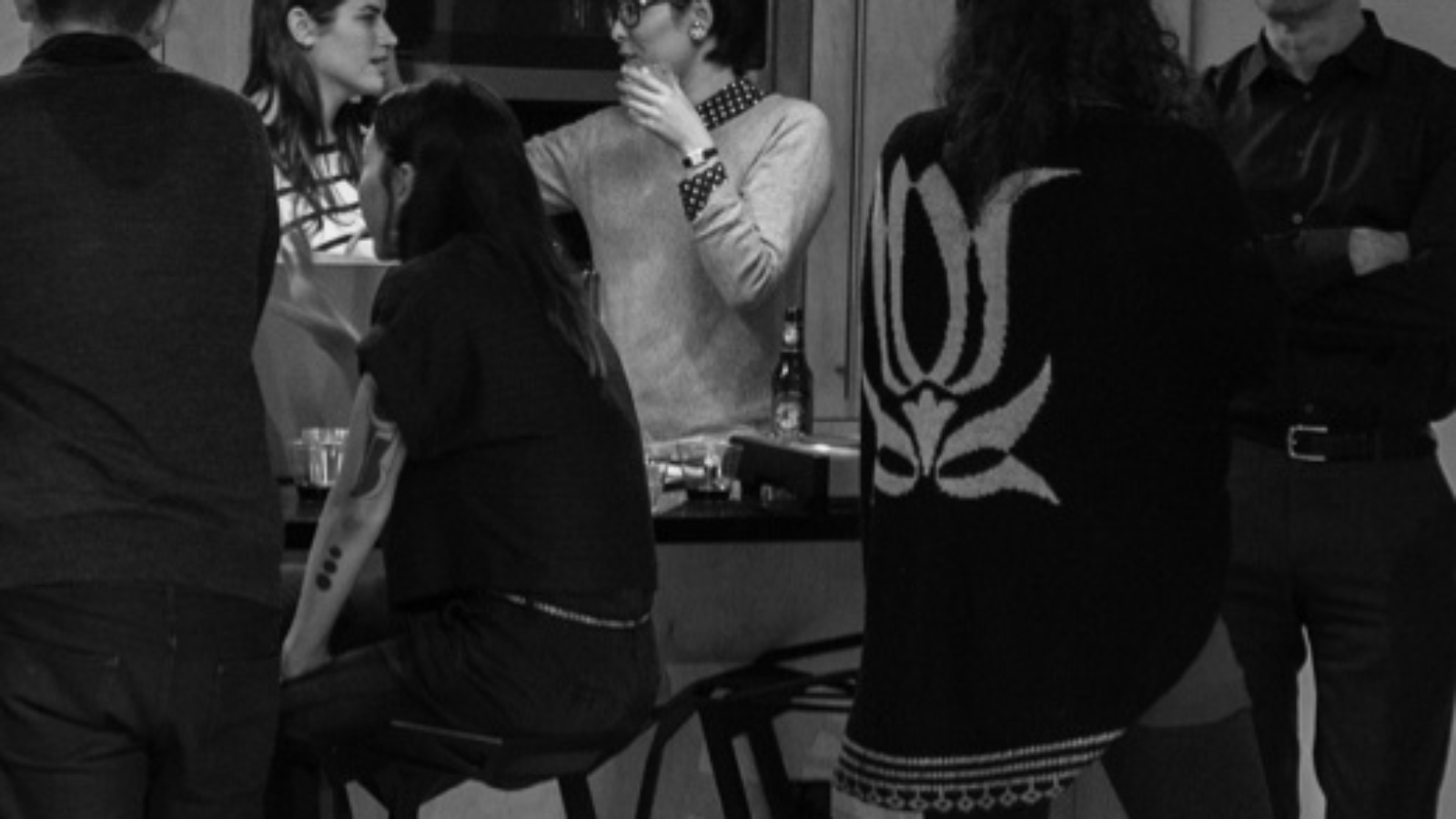By Virginia Cimino
When we talk about art, we are typically referring to a tangible object, a visual representation in the form of a painting or a sculpture. But what if art can exist without a visual dimension, in the form of an “invisual” practice? The imaginative concept of “invisual” art is among the founding ideas of the Paris-based Institut des hautes études en arts plastiques (Iheap) that is launching a new public art curriculum in New York City in September 2015. Iheap challenges the established art system and its policies by offering an alternative school based on research and experimentation in art.
Iheap currently serves as the educational branch of the Biennale de Paris. Its history goes back to 1985 when then Mayor of Paris, Jacques Chirac, commissioned Swedish museum director Pontus Hultén to design a school for research in contemporary art, similar in spirit to the Bauhaus School and the Black Mountain College. Hultén founded the Institut des hautes études en arts plastiques in cooperation with a number of artists and scholars in the field, among them Daniel Buren, Serge Fauchereau, and Sarkis. The Institute welcomed distinguished guests including sociologist Pierre Bourdieu, artist Niki de Saint Phalle, architect Jean Nouvel, and curator Harald Szeeman. However, due to a lack of sustained financial support, Iheap closed down in 1995. It was not until 2012, when Biennale de Paris Director Alexandre Gurita, decided to open a new school drawing from the original model that the Institute re-emerged into prominence.
This current iteration of Iheap embraces forms that allow art to break free of physical limitations, as well as any institutional and commercial constraints. This redefinition of art challenges the whole conventional system of the artistic world — from the professions of gallery owners, art advisors, and curators who collect, preserve, and exhibit precious artworks, to the very idea of an art market, which Iheap’s vision renders obsolete.
Artists can now create their own economies by working on an “invisual” artistic practice and therefore they do not need to sell a physical object on the art market, but can share it for free, barter it, or use other markets, like French artist Olivier Darné whose practice is to produce honey in urban contexts and sell it in regular shops as opposed to art galleries. Another example of an invisual art project is the Lebanese National Tabbouleh Day, founded in 2001 by Lebanese artist Ricardo Mbarkho and now a government-sanctioned annual holiday. In a nation torn apart by war, Mbarkho used the Lebanese traditional dish tabbouleh to unite the population. The diversity of its ingredients serves as a symbolic reminder of the delicate harmony between different ethnic groups in the country.
This fall, Iheap lands in New York City with an English program, aiming at involving all those who want to change their artistic practice or professional activity – which does not have to relate necessarily to art. More than merely providing these individuals with a safe place to explore their creativity, the larger objective of the program is to liberate the participants from the inherited preconceptions of 20th century art history (such as art being expensive and always in the form of a physical object) and to propose new inquiries into the crucial issues of 21st century art.
In line with its attempt to question the traditional art system, the organization of Iheap’s curriculum also has several unconventional aspects. First of all, the curriculum embodies the concept of a ‘liquid school,’ with each session taking place at a different location in the city, such as in art organizations, galleries, parks, museums, apartments, and parking lots. Moreover, the school believes in a horizontal approach to its organization, promoting a free exchange of ideas between lecturers and students, who are titled “researchers in art.”
Also, Iheap chooses not to have a fixed list of faculty but instead renews its list of professors every year. Iheap’s professors hail from a wide range of disciplines, including the arts, philosophy, economics, sociology, and so on. Among the guests speakers who will join Iheap in New York are internationally renowned American curator Robert Storr, avant-garde musician and anti-art activist Henry Flynt, critic and curator Steven Henry Madoff, and artists Karen Atkinson and Rose Marie Barrientos.
In such a market-driven city like New York, a school that seeks to counteract marketization of art may seem audacious. Nonetheless, the novel perspective of invisual art may have a refreshing effect on the deeply entrenched notion that art is limited to physical properties that can be possessed.
*****
*****
Virginia Cimino is currently the Program Director at the Institut des hautes études en arts plastiques (Iheap). She has worked in art galleries and art foundations across Europe. Her field of expertise is the intersection of management with art and culture.
[Photo courtesy of Flickr]
